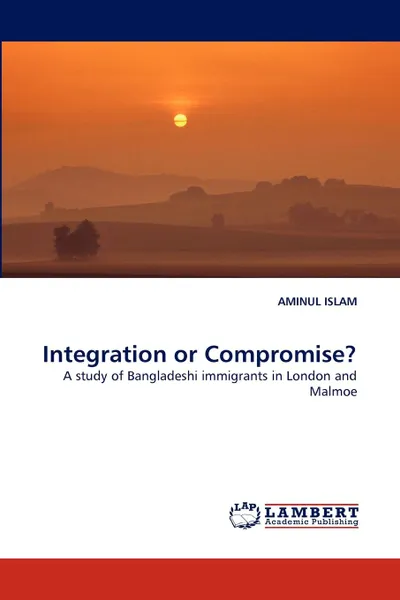Integration or Compromise. 12+
📗 The purpose of this study was to examine the acculturation strategies among the Bangladeshi immigrants in Malmo and London, difference preferences across generations and between the two cities, and how acculturation preferences play out different socio-cultural domains. The sample comprised 22 immigrants (11 from London and 11 from Malmo). Data were obtained using questioners. The results were found on the basis of Berry's (1997) four fold acculturation model and on the basis of a new classification developed by Lathi, Liebkind, Horenczyk and Schmitz (2002). Responses of the Questioners revealed that integration was the most preferred strategy when using Barry's original model both in Malmo and London. However, when integration was sub-classified according to their second preference using Lathi et al. typology, the tendency towards integration became pronounced in Malmo. This tendency became more pronounced when one examined generational aspect using five socio-cultural domains. Acculturation preference and integration strategies were more homogeneous in Malmo, also when the generation dimension was taken into account than London.
Мнения
